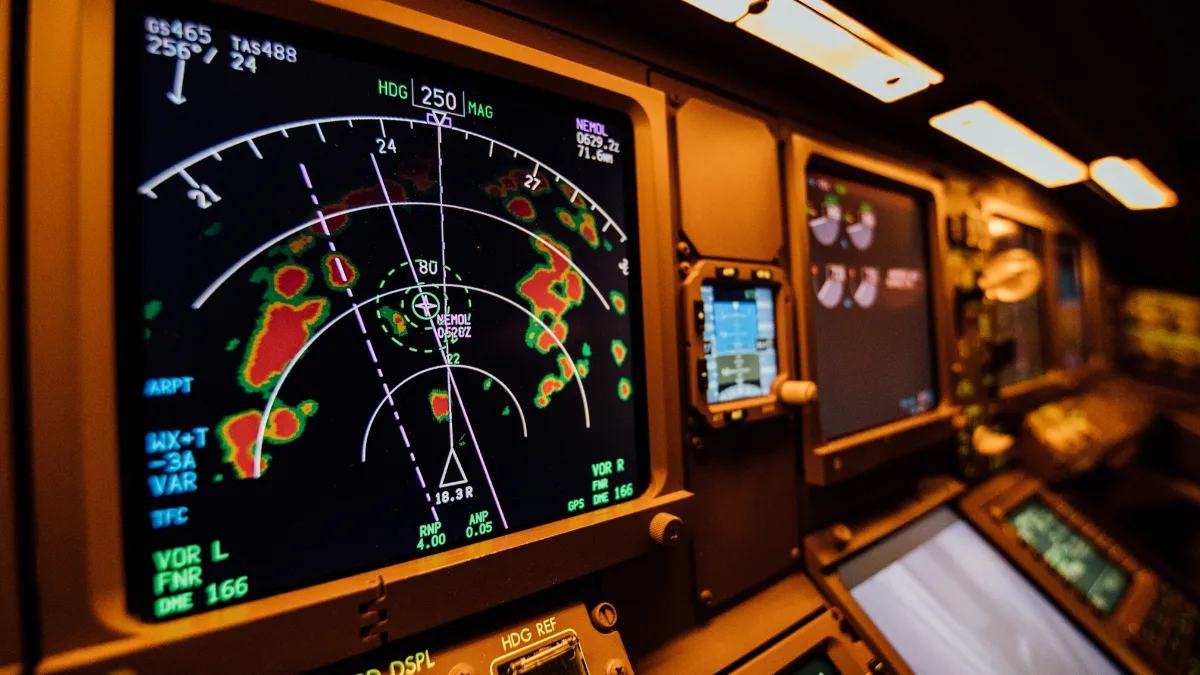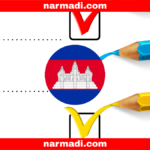Radar security is an innovation in technology development for the security system field. Its ability to detect to identify becomes the function of the radar itself.
Radar security is widely applied to perimeter security, air, sea, military, and ship navigation. This article will review more about radar security from the definition, workings, benefits, and regulations in Indonesia.
Table of Contents
What is Radar Security?
Radar security as a security system integrates radar technology for the purpose of detection, tracking, and identification of potential threats or unknown objects.
Also Read
The system operates by emitting radio waves and then analyzing the wave patterns reflected by surrounding objects.
This process allows the system to detect the presence of objects at a great distance and provide detailed information about their location, speed, and direction of movement.
How Radar Security Works
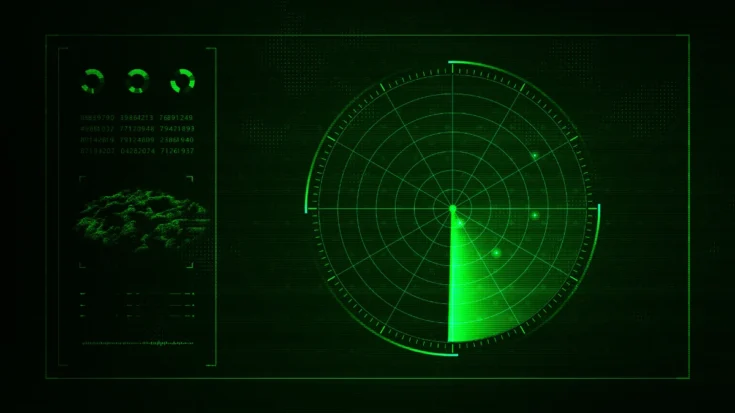
The following is a general overview of how radar security works:
- Transmitting radio waves: Radio waves are sent to an area to be secured.
- Analyzing the waves: The reflection of the waves by objects in the area is analyzed.
- Analyzing surrounding objects: From this analysis, the system can determine the distance, angle, and speed of the object, as well as distinguish dangerous from harmless objects.
The Benefits of Radar Security
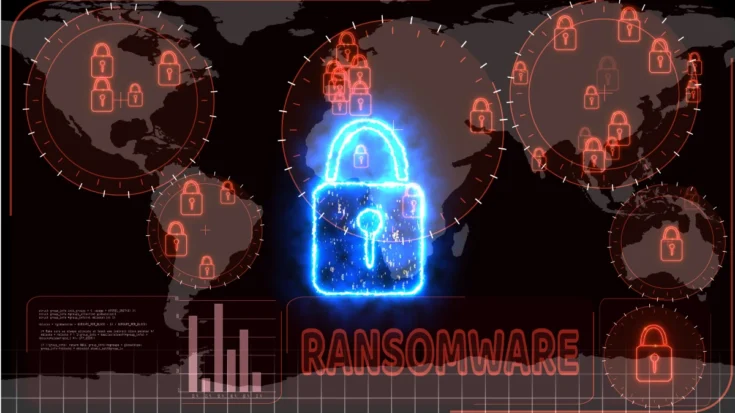
Using radar security provides quite a lot of benefits from security enhancement, and increased vigilance, to traffic surveillance, here are some of the benefits:
1. Security enhancement
Radar can be used in smart security systems to detect movement indoors and activate cameras or other security systems. This can protect valuable objects or critical infrastructure from threats.
2. Increased vigilance
Radar can detect motion, and measure speed, distance, and angle of arrival as well as direction of movement. This makes information about threats or foreign objects known so that you can increase your awareness of potential dangers.
3. Area surveillance
Radar can be used to surveil large areas. Borders or important areas can be monitored using this tool. With its ability to detect intrusions or suspicious activity, radar makes a good area surveillance tool.
4. Detection of disaster victims
In the event of a natural disaster, radar can be used to detect the location of victims. With radar, victims under the rubble at the disaster site can be tracked easily.
5. Traffic surveillance
Radar can be used to monitor air and ground traffic, and assist in traffic management.
Radar Security Regulations in Indonesia
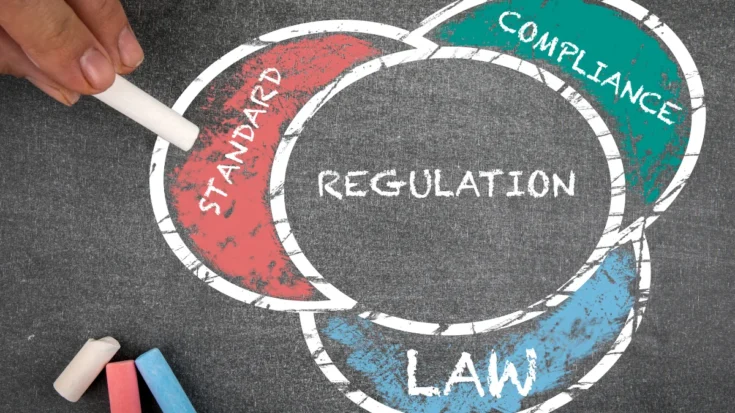
Radar security uses communication technologies such as Short Range Devices (SRD) that operate within a specific frequency spectrum. In Indonesia, any SRD-based wireless device is required to have DJID (Directorate General of Digital Infrastructure) under the Ministry of Communication and Digital (KOMDIGI).
Radar security regulations is based on KEPMEN No. 260 Tahun 2024, which requires all radio frequency-based devices, including radar security, to meet specific technical standards before being sold in the country.
DJID certification ensures that the product meets government safety and quality regulations and does not interfere with other communication devices. The certification process involves technical testing, such as frequency adjustments, safety checks, and compatibility with the surrounding environment.
Once the tests are completed, products that pass are listed in a Test Result Report, which confirms that the product is safe and ready for sale in Indonesia. This report reassures customers that the product meets technical standards and is secure.
For companies wanting to sell radar security in Indonesia, Type Approval Certification Services for ICT Products are available to assist with this process. This service includes preparing technical and legal documents, conducting required testing, ensuring compliance with regulations, helping companies streamline the certification process, and giving consumers confidence in certified products.

